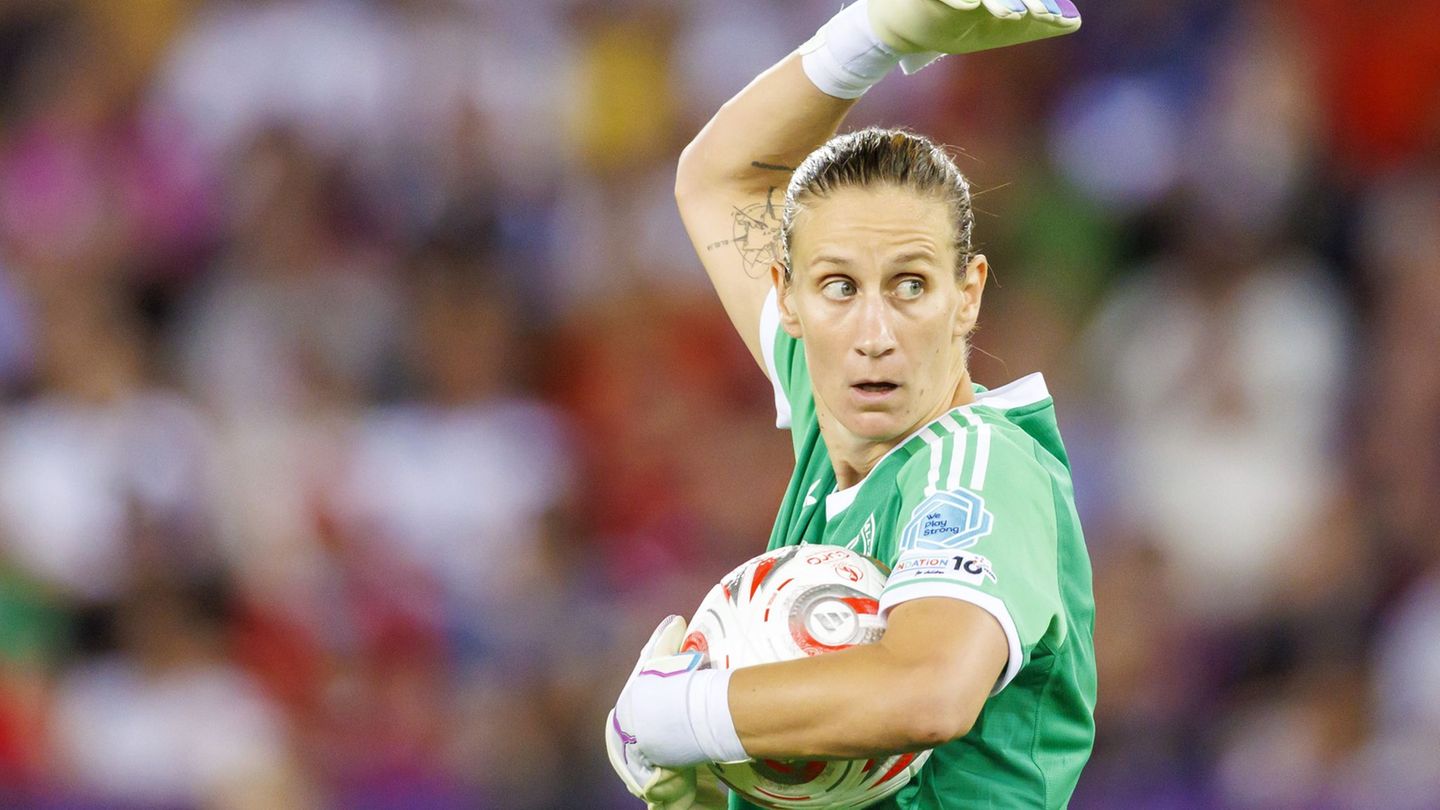Construction sector costs rose just 1% in October, the lowest figure since the first months of the pandemic of Covid-19, when prices had fallen due to the collapse in demand. The slowdown compared to the previous month was largely caused by a zero variation in the wages of salaried labor.
The data comes from the Construction Cost Index (ICC) in Greater Buenos Aires. The materialsthe main component of the indicator, increased 1.4%, below the 1.7% that had been registered in September.
Within this division, the products that grew the most were faucets and stopcocks (+6.3%), elevators (+3.8%) and ceramic sanitary items (+3%). At the other extreme, they verified decreases in the prices of lighting fixtures and electric intercoms (-1.8%), metal products for sanitary and electrical installations (-1.3%), medium and low voltage cables and conductors (-0.9%).
Meanwhile, the labor division showed an increase of 0.5%. This was mainly due to a stagnation in the remuneration of salaried labor, since labor subcontracts increased by 3.1%.
Likewise, the overheadswhich have a negligible weight in the CCI, rose 1.5%, driven mainly by scaffolding rental services.
At the work item level, the main upward variations were observed in elevators, sanitary and fire-fighting installations, and wood carpentry. On the contrary, Those that had the most downward pressure were masonry, earthworks and plastering.
“Measured at the alternative exchange rate (CCL)it is observed that Construction costs increased 94.7% year-on-yearincreasing compared to the previous month. The costs measured with this exchange rate still remain significantly above the average of the previous year,” they noted from the ACM consulting firm.
The cost of construction replicated the behavior of general inflation
In September the CCI had risen 4.9%, so the deceleration in the tenth month of the year was significant. This occurred in a general context that had the general inflation reducing from 3.5% to 2.7% in the same period, with a notable decrease in food and beverage increases.
Furthermore, this Tuesday the INDEC also reported that The wholesale price index slowed for the third consecutive month, to mark 1.2%. In this case the number is lower since the reference has a greater weight of products marketable abroad, which experienced a greater setback due to the reduction in the PAIS tax, the fall in the export exchange rate (due to a decrease in the CCL dollar) and a decline in the value of commodities.
“In general terms, the monthly deceleration of the CCI and the reduction in its interannual growth (+154.4%) reflect signs of moderation in inflationary pressures in the sector. However, moving forward challenges persist related to the heterogeneity in costs by item and the incidence of the parallel exchange rate“ACM noted.
Source: Ambito




